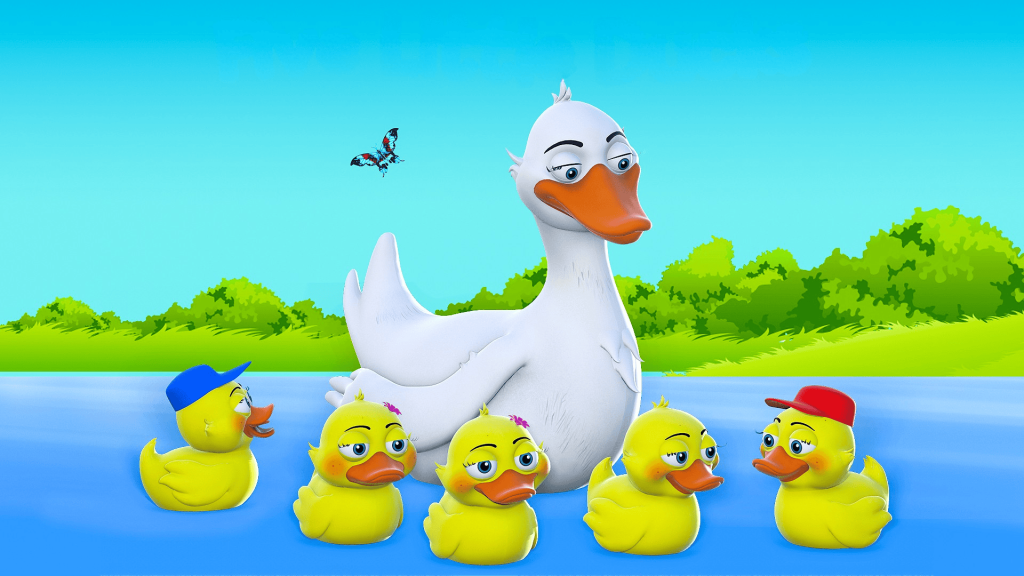Ever tried to find a signed vinyl, a rare cassette, or a band tee from a 1992 tour and ended up deep in both eBay and Etsy tabs? You’re not alone.
That’s where independent sellers live. They know collectors aren’t just on one platform. And if you’re a seller yourself? You’re probably realising that sticking to just eBay or Etsy is limiting your exposure, and your sales.
So what’s the move? Indie sellers are now cross listing from eBay to Etsy. Not to chase growth for its own sake, but to reach their buyers wherever they are. It works because it’s simple, direct, and focused on results.
The Collector Culture: From Analog to Online
Honestly, vinyl never really died. Neither did cassettes. Vintage t-shirts have made a strong comeback, showing up everywhere from niche flea markets to TikTok creators showcasing original Nirvana prints like museum pieces.
Collectors haven’t changed. They’ve just moved online.
eBay has been the go-to for decades. Type in any rare pressing or misprinted LP and chances are, there’s a bidding war happening right now.
Etsy, on the other hand, attracts those who appreciate design and craftsmanship. It’s less of an auction house, more boutique. Handmade patches, remastered cassette runs, one-off art prints, this is where indie culture thrives. Sellers build shops that feel like zines. Buyers come for more than just the product; they come for the story.
Why Sellers Are Cross Listing Between Platforms
Different platforms attract different types of people.
eBay brings the bargain hunters, the collectors, the flippers. It’s about scoring a deal, completing a collection, or finding something rare.
Etsy pulls in fans of design, culture, and the hand-crafted. They don’t want a plain band t-shirt, they want one that’s screen printed by the seller, or a bootleg design you can’t get anywhere else.
So, when a seller lists on just one of these platforms, they’re missing out on potential sales.. Cross-listing opens both doors.
Let’s say you sell rare band merch, tour posters, signed vinyl, vintage backstage passes. But your audience is on different platforms. Some are scrolling on eBay. Others live on Etsy and love the curated experience.
So sellers cast a wider net, and the result? More eyes, more sales, more community.
The Strategy Behind Cross Listing
Successful sellers aren’t manually posting the same product twice. That is a working nightmare. They’re using automation.
Inventory sync tools save hours. They make sure prices match, stock levels stay accurate, and descriptions stay consistent.
Many independent sellers now use tools that help them cross list from eBay to Etsy, ensuring their collections get noticed by both bargain hunters and collectors alike.
But it’s not only about selling products. Smart sellers tailor how they show up.
- On eBay, they write like a collector would: full of specs, dates, and pressing details.
- On Etsy, they lean into the story, the aesthetic, the emotional side of the piece.
The product might be the same. But the description isn’t.
Branding matters as well. Top sellers create cohesive identities- logos, packaging, even tone of voice- that carry across both platforms. It builds trust and makes fans return no matter where they shop.
The Cultural Impact: Empowering Music Entrepreneurs

Cross-listing is helping underground artists, indie record stores, and DIY merch creators stay alive and thrive.
A lot of sellers are actually musicians themselves. They’re pressing limited runs of vinyl, designing their own merch, and doing distribution out of their flat or studio.
Cross-listing lets them avoid gatekeepers. No need for labels or distributors. Just upload, promote, ship. And the same goes for Zine creators. They’ve swapped out the photocopier and local shows for Etsy pages and eBay stores. They’re still niche and now more discoverable than ever.
In a world where digital reigns supreme, but nostalgia still resonates deeply, this blend of physical goods and online scale is powerful.
Challenges and the Road Ahead
Cross-listing means dealing with different platform policies, fee structures, and sometimes frustrating customer expectations.
- eBay might impose unexpected fees or implement algorithm shifts that bury your listings.
- Etsy has its own rules- some sellers complain about listing restrictions, forced ad placements, or how handmade gets defined.
Staying authentic across both is a balancing act. Some sellers even get burnt out juggling them.
That’s why many are doubling down on systems, automating what they can, batching tasks, and establishing clear brand guidelines to maintain consistency.
Looking ahead, the real opportunity lies in owning your audience. Whether that means collecting emails, starting a Patreon, or building a personal website, cross-listing is the launchpad, not the endgame.
A Harmonious Marketplace
Selling across platforms is the music world’s version of releasing an album on vinyl, streaming, and CD, because fans are everywhere.
Cross-listing from eBay to Etsy isn’t a quick tactic. It reflects the independent hustle in a digital space. It’s how artists, collectors, and creators expand their reach while staying true to what they do.
For buyers, it’s equally beneficial. They gain access to rare, personal, and unique items without needing to search the “right” platform.
Whether you’re reselling vintage tapes, printing limited-run merch, or distributing your own music, this is how you stay visible, stay profitable, and stay authentic.











